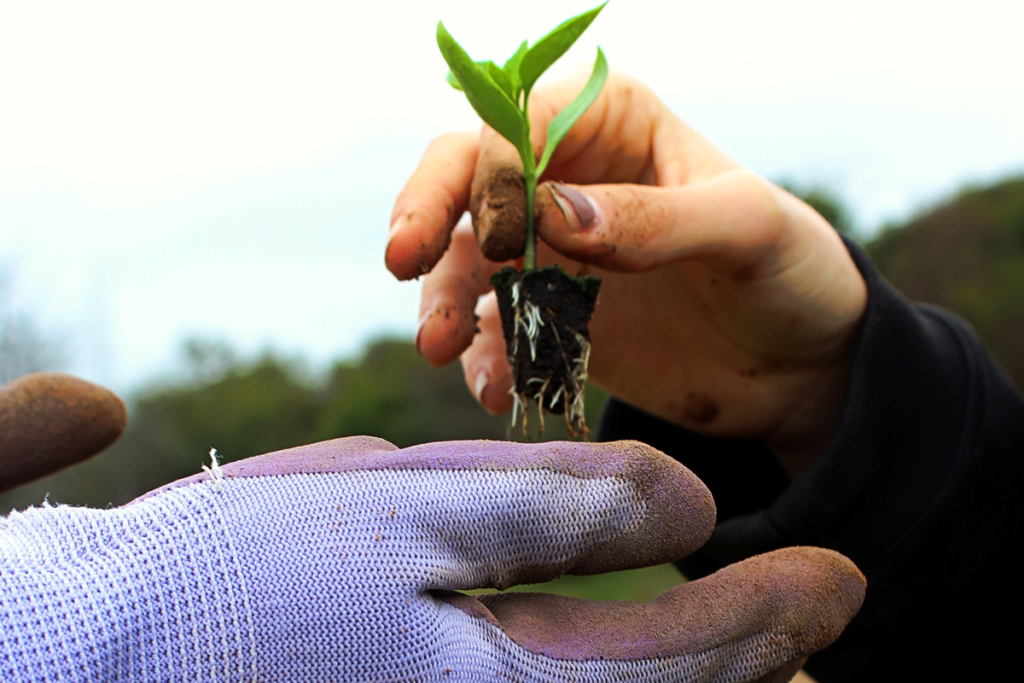Pain, especially chronic pain, is a complex experience of distressing sensations along with emotions and thoughts that ramp up the pain.
By practicing three evidenced-based approaches to chronic pain relief – mindfulness, replacing negative with positive emotions, and aligning with our core values – we can learn to reduce our emotional and mental reactions to the pain. In the process, our physical distress lessens, and we create new neural pathways that lead to greater awareness, emotional resilience, health, and well-being. In a new monthly Chronic Pain Relief drop-in group, we’ll engage in practices from these three approaches that can bring relief from chronic pain, and we’ll share our experience.

Photo by Suhyeon Choi
MINDFULNESS
In my own experience of chronic pain and that of many participants in my MBSR classes, the most useful practice in relieving pain is the body scan. It’s a Formal Practice, which means we take time from our often busy schedule for this lying down or sitting meditation. You’ll find body scans of various lengths on our website or on the Insight Timer app.
Jack (all names are changed to protect the identity of students), a participant in one of my MBSR courses, had been suffering from chronic neck pain for decades. We practiced the body scan in the first class. In the discussion after the scan, he noticed a significant pain reduction. By the end of the course, as Jack continued regular practice of the body scan, the intensity of pain he’d had as he entered the course never returned.
REPLACING NEGATIVE WITH POSITIVE EMOTIONS
Shifting from negative to positive emotions is a short Informal Practice that we can practice when we notice we’re caught in a negative emotion. Here’s the process as taught by the Zen Master, Thich Nhat Hanh.
Mindfully recognize the emotion for what it is.
Then, enlisting your courage, face the feeling as fully as you can.
Finally, replace it with a positive emotion.
The first two steps involve staying with the negative emotion, just as it is. If we switch too soon into the positive emotion, we’re actually avoiding the fear or anger or. . ., which over time strengthens it. We move to the third step only when we sense we’ve given the negative emotion enough attention. Sometimes the transition from negative to positive emotions occurs easily, but other times the negative emotion is sticky, hard to release. Then we might choose to care for ourselves by doing something we enjoy like: taking a hot shower, going for a walk, or listening to a favorite song.

Photo by Jael Rodriguez
CULTIVATING CORE VALUES
We all have core (or personal) values, but at the same time we have obstacles that prevent us from living in accord with these values. The research on core values indicates that they are both inborn qualities and skills we can cultivate. And yet, we all have obstacles to living in accord with our core values.
In one of my Mindful Self-Compassion courses, ‘Sue’ told us in Session 1 that she suffered from chronic neck pain. In a later class, she also said that she was feeling a lot of anger and resentment toward her parents, who expected her to share their political, social and religious perspective. As a young girl, she always did agree with her parents. But after she’d moved from Eastern Washington to Seattle, Sue had developed her own beliefs. As a result, she had decided she simply could no longer visit her parents and be subjected to the expectation that she agree with them.
In Session 5 of our course, I asked participants to bring awareness to their core values and to explore what obstacles prevented them from aligning with them. Sue shared in class that love and gratitude were among her strongest values but that her resentment toward her parents was getting in the way of these values. In the last class, she told us that she’d been journaling about how she might connect more fully with her core values. She decided to return to Eastern Washington to spend time with her parents. Though strict and unbending in various ways, they loved her deeply. Perhaps, Sue hoped, her parents could center on the love and not get caught in their differences of opinion. Sue was noticing, in the three weeks since she had been journaling, that her chronic neck pain was less intense.

Photo by Lina Trochez
INVITATIONS
I invite you to write about your most important core values and how they relate to the events you experience each day. Stanford students nearly twenty years ago were asked to connect their core values with their daily lives. Kelly McGonigal, PhD., a lecturer at Stanford University, states in her book, The Upside of Stress, that “writing about your values is one of the most effective psychological interventions ever studied. In the short term, writing about personal values makes people feel more powerful, in control, proud, and strong. It also makes them feel more loving, connected, and empathetic toward others. It increases pain tolerance, enhances self-control, and reduces unhelpful rumination after a stressful experience” (italics mine).
Here are the steps of the writing:
- Look through a list of core values and decide which are your two or three most important ones. Brené Brown shares this list.
- Spend a few days exploring how your most important values are connected to the events of each day.
- What have you learned about your values and how they impact your life?
- If you are experiencing chronic pain, do you find aligning with your core values useful?
I invite you to send me any of this writing you feel like sharing. And please join me in our new donation-based Chronic Pain Relief drop-in sessions.
Richard
–
Richard Johnson works at Mindfulness Northwest as a Senior Teacher.
This article was part of our Practice Letter newsletter. If you’d like to receive this monthly publication in your inbox, please sign up here.

